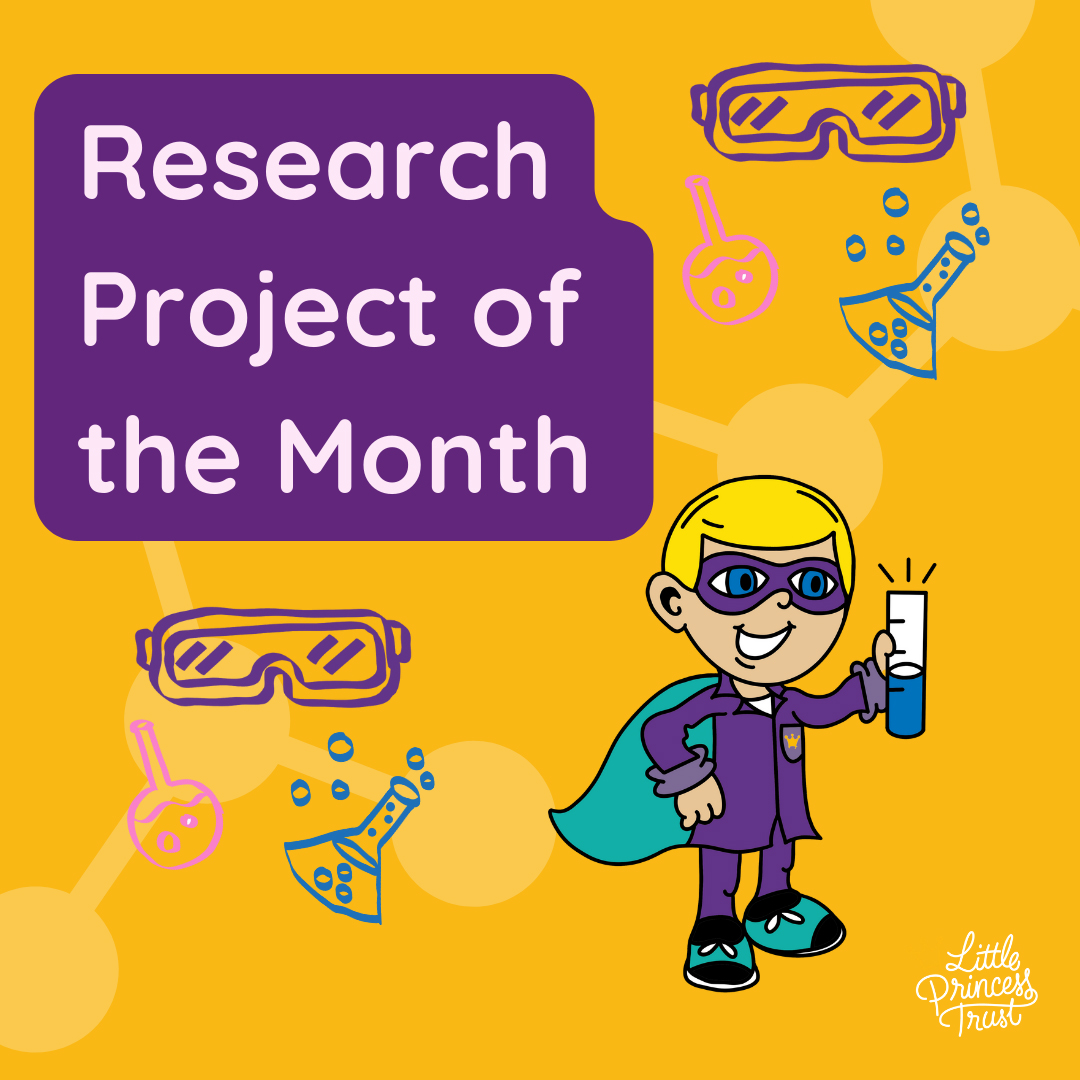Little Princess Trust News
Understanding how leukaemia grows in babies

Discovery forms basis of new treatments designed to destroy cancer cells
Leukaemia can affect anyone, from newborn babies to older adults. But not all leukaemias are the same — different types tend to appear at different ages.
And even when the disease looks similar, babies can’t always be treated the same way as adults.
Infant acute lymphoblastic leukaemia (iALL), which affects babies under one year old, is one of the harder forms to treat. Understanding how iALL grows and why it resists treatment is crucial for developing better treatment options.
With funding from The Little Princess Trust, Professor Anindita Roy and her team at the University of Oxford set out to study a protein called CD133, which they suspected might help leukaemia cells survive treatment.
To investigate, the team developed a new laboratory model that behaves just like iALL cells do. Using this model, they showed that CD133 gives cancer cells the ability to grow quickly and resist chemotherapy.

When they turned off the gene that makes CD133 (called PROM1), the leukaemia cells slowed down and became much easier to destroy.
Their findings were recently published in Blood, showing that CD133 is found on the most aggressive leukaemia cells — the ones that keep the disease alive.
Because CD133 is found only on leukaemia cells and not most healthy ones, this makes it an ideal target for new treatments.
The team has now received new funding from Cancer Research UK to develop a therapy using specially engineered immune cells to hunt down and destroy CD133-marked cancer cells.
Early results show these immune cells can even clear leukaemia from hard-to-reach areas, like around the brain.
These discoveries bring us one step closer to finding kinder, more effective treatments for babies with iALL.
Find out more about this project here.



